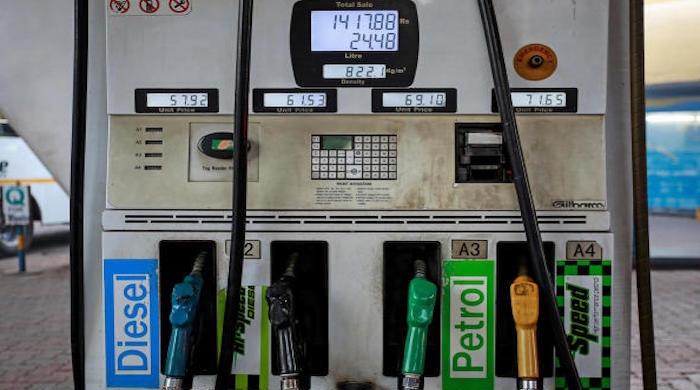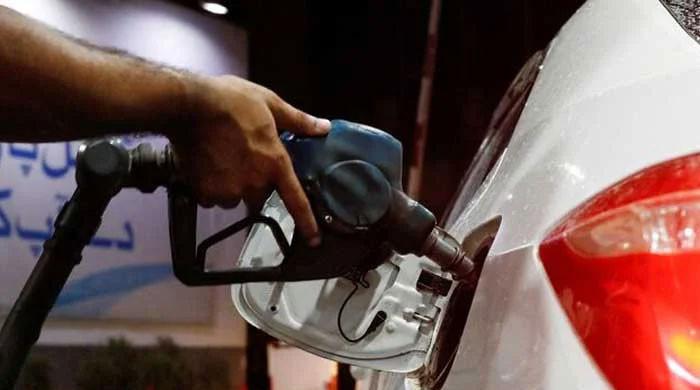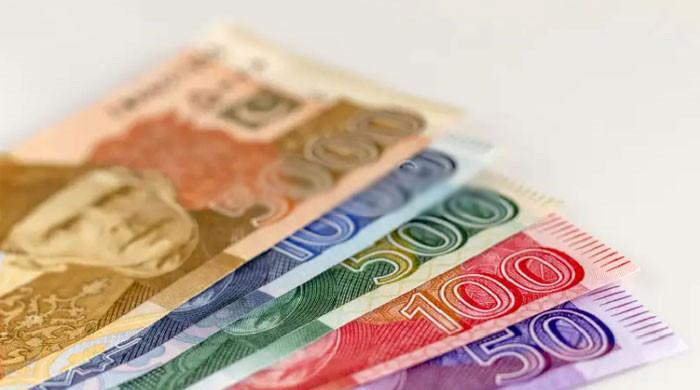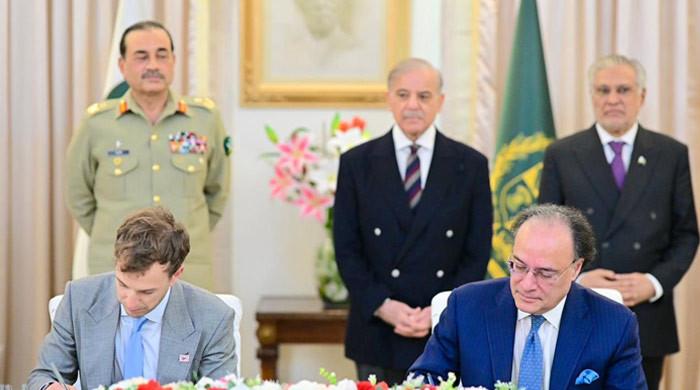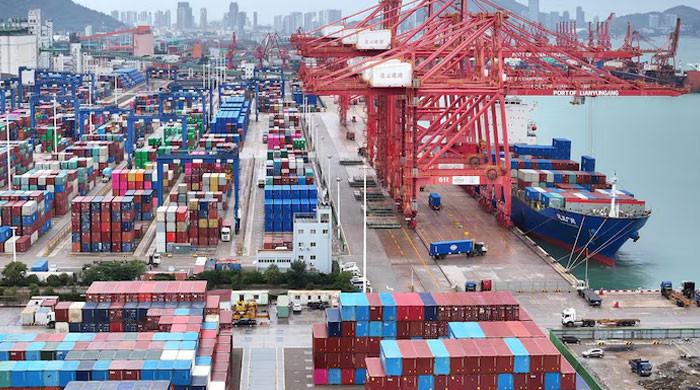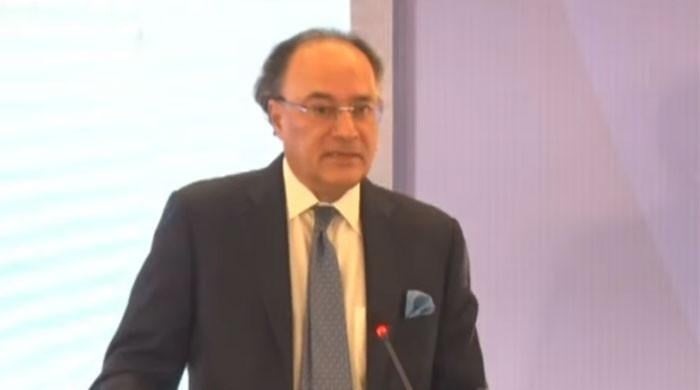Weekly currency update: Rupee free fall expected to continue
Pakistani rupee’s sharp fall of more than 4% in the last six trading sessions has fuelled investor uncertainty
September 11, 2022
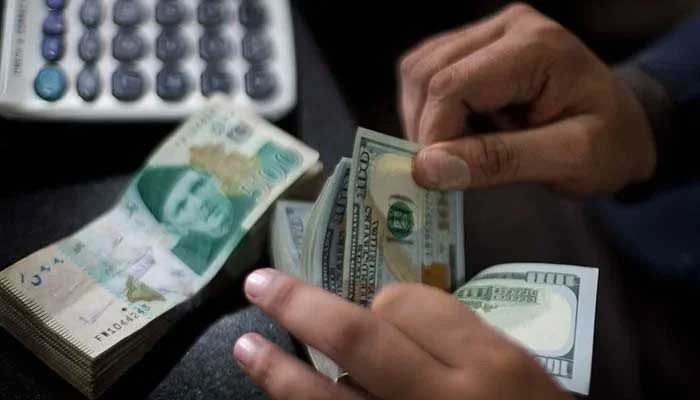
- Free fall in the rupee's value against the dollar is expected to continue next week, say traders.
- The local unit closed at 219.86 on Monday but lost more ground to settle down at 228.18 on Friday.
- Lack of strong central bank intervention and no clear strategy to turn around the economy is depressing investors.
KARACHI: Despite IMF inflows, the Pakistani rupee is expected to continue its downward spiral against the dollar in the interbank market next week as lack of strong central bank intervention and no clear strategy to turn around the economy is depressing investors, traders said.
As per the details, the local unit closed at 219.86 on Monday but lost more ground to settle down at 228.18 on Friday.
“Emerging currencies have suffered a lot due to the appreciation of the US dollar against the major currencies following relentless Federal Reserve rate hikes and increased safe-haven demand, but the Pakistani rupee’s sharp fall of more than 4% in the last six trading sessions has fuelled investor uncertainty,” said a foreign exchange trader.
“The pace of fall in the local currency and shallow intervention worry investors,” the trader added.
In July, when the rupee plunged from 210 to 230 in a short period of time, it was because of the uncertainty related to the resumption of the IMF programme and dollar liquidity crunch.
“This makes one think whether there even is a strategy in place - because there should be one- a weaker rupee will have crippling effects on inflation, business sentiment, productivity, fiscal space as well as growth. It seems that beyond engagement with the IMF, there is no concrete economic plan,” said Tresmark, a professional web-based platform for treasury markets, in a client note, The News reported.
The interbank market is tracking losses in the open market. The temporary hold on imports has shifted the problem to smuggling from Afghanistan against cash dollar payments, which has increased appetite for dollars in the open market. Other secondary factors are cash forex requirements for Dubai travellers, declaration of dollars from inbound passengers, severe accessibility issues for encashing in parts of all provinces.
The difference between the Interbank and open market is creating an incentive for the foreign currency accounts (FCY) to withdraw US dollars and sell into the open market. Whereas ultra-low interest on FCY accounts is not helping in attracting fresh deposits, according to the Tresmark’s note.
Analysts do see multiple opportunities for inflows from friendly countries, bilateral institutions, and sovereigns (in the shape of flood aid). There is also a high probability that the mandate with the IMF may be increased by about $2.5 billion. But the energy crisis in Europe is going to test and stretch the global financial markets.
As a consequence of the price caps in the European Union, fiscal deficits will be stretched, which will mean floating more bonds at higher rates to attract investors.
“This in turn will put severe stress on all emerging market assets and their currencies will lose further value. With this in mind, it would be prudent to come up with a financing plan at the earliest because an external financing will quickly become hard to find,” it said. “Considering the above, traders should square their positions as they come, although USD/PKR may most likely see some correction in the coming week to the fair value bracket of 222-226/$,” it added.




